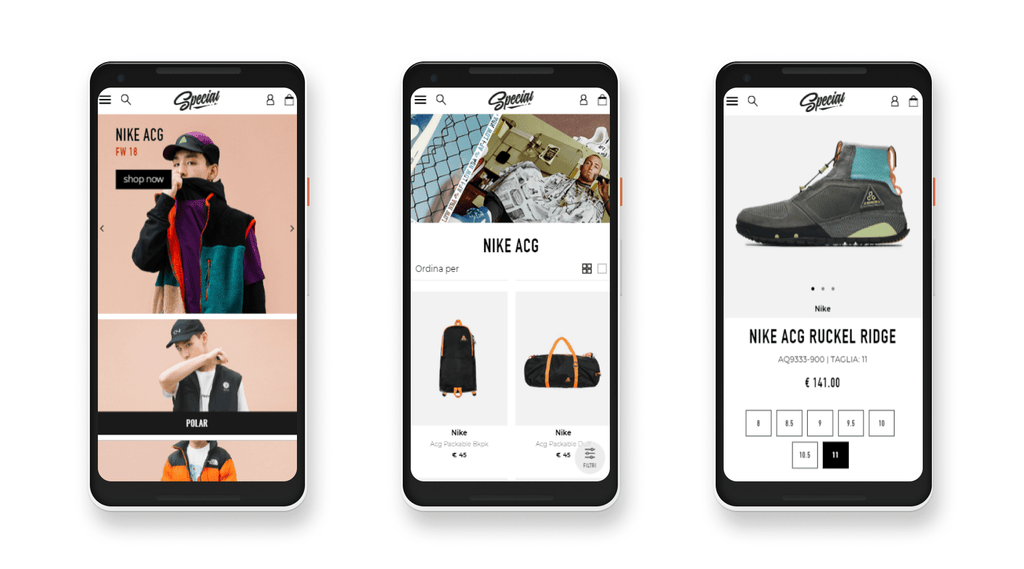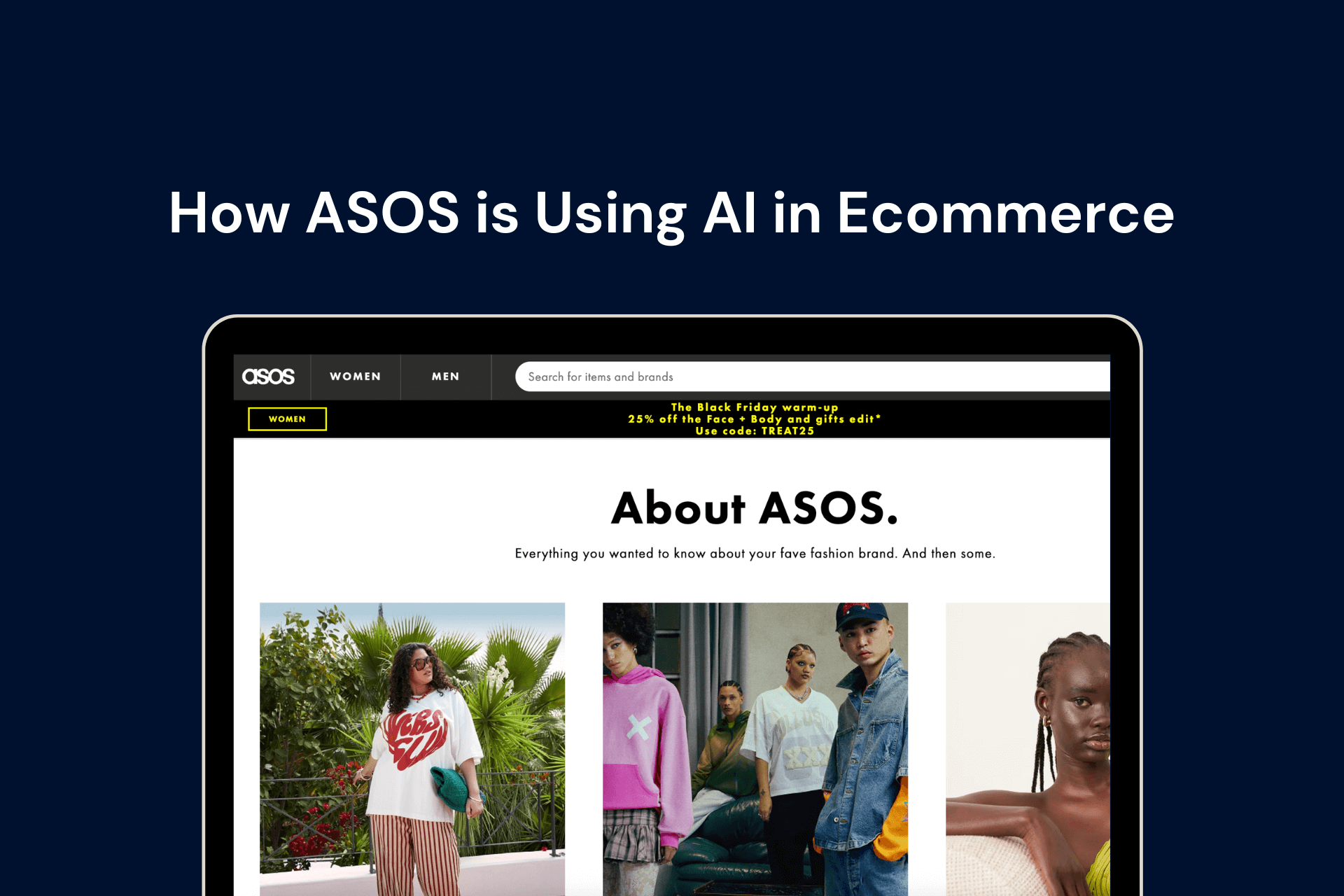Starting a store has become relatively easy over the years. But making an impression on the new-age consumer is getting tougher by the day. It’s not just because they have so many options to choose from. It’s because their expectations from online shopping have grown massively over the years.
With the advent of technologies like AR, VR, artificial intelligence, and more, they expect brands to stay up-to-date with trends and offer them a superior shopping experience. That’s where things start to fall apart and your success starts to take a hit.
That’s why in this article, we’re sharing a few things that should now become a part of your store set up and Shopify web design, that incorporates technologies that the consumers “want to use”.
Let’s go!
eCommerce technologies to offer customers an intuitive shopping experience on your Shopify store
1. Voice search
Gone are the days when we used to type into the search engine to look for products. we now use voice as the medium of interaction with it instead. Check for instance Apple's Siri, Google home Amazon echo. All that we do these days is speak to this digital assistant.
According to studies, 2020 saw 50% of all internet searches being done using the search. The same study also predicts that voice shopping is predicted to grow to $40 billion by 2022.
Now you can implement this in two ways. One, you can offer voice search in your search widget bar, giving visitors the option to speak instead of type. Two, you can offer voice search by upfront offering a mic on the home page that lets them navigate the site based on what they’ve come looking for.
But of course, there are certain practices that you need to follow to be successful at voice search. Here are some articles to give you a head start:
- The definitive guide to Voice Search by Backlinko
- How to Optimize Your eCommerce Site For Voice Search by CoreDNA
2. AI-driven personalization
What’s the one thing that you love about Amazon? The way the store personalizes your journey right from the point you land on their site to even post-purchase when you complete a transaction. In fact, even when you come back to their store another time after purchase.
They’re always displaying what is relevant to YOU. That’s what makes it all the more appealing - the ease of finding products you like and how the brand just takes care of all your preferences. That’s personalization for you and it is driven by data, using artificial intelligence and machine learning.
You can actually implement personalization on your Shopify store pretty easily using apps. But the only thing you need to keep in mind is that the recommendations you display to the visitor are placed in your design in such a way that they don’t intrude their natural flow of shopping.
Yes, there’s a reason why Amazon displays the product recommendations based on different categories and under their product pages, and sometimes with comparisons.

To learn about the best practices of product recommendations, here are some articles we’d recommend:
3. Conversational marketing
Owing to the increase in online shopping last year, communicating with customers has changed drastically. From what used to be a traditional marketing channel flow - one direction and usually push marketing, the focus is now on striking a two-way conversation.

In fact, the more conversational you are, the more likely a visitor is to convert. It also lets you learn more about customers from them, instead of making assumptions. But how do you establish this real-time communication with them?
- Chatbots - They are excellent conversational marketing tools and let you handle multiple chats at one time. They also do not require you to be around 24/7 to answer queries, as they do that for you using the pool of knowledge you add to their sources.
- Live chat - This allows you to connect your support teams to your customers through live messaging. In this case, you invite a visitor to ask you a question or request help and have someone personally talk to them.
- SMS/ text messaging - With our inboxes now flooded with promotions and work messages, promotional emails are no longer as effective and that’s where mobile messaging comes in.
Here’s an interesting read you’d want to bookmark on conversational marketing:
4. Image search
Did you know that more than 50% of our purchases are driven by the visuals we see on social media or in videos? We’ve become a visual-driven generation who’s always looking for inspiration, ideas, and learning new things but in an easy-to-consume manner. That’s exactly why visuals are becoming more critical on eCommerce stores as well.
From what used to be a core element of a product or collection page, images are now coming to search. We want to be able to use images to easily search for products that are the same or similar to what we saved on Instagram, Pinterest, or practically any other channel.
For example, someone sees an emerald couch on Instagram and wants it for their living room. So they visit your home decor store and upload it in the image search bar you offer. This lets them easily check for the product on your store and also lets you show them other items from your catalog that may match what they’re looking for or could be better than it!
Again, you can either implement this within your search widget’s design or simply add another prominent image search section on your home page.

To learn more about image search, here’s a nifty guide you’d want to refer to:
5. Progressive web apps (PWAs)
Another reason why we commonly choose to buy from Amazon is that we’re able to do so on the go. Their mobile app has become a must-have on all our smartphones over the years. This only goes to say how mobile shopping has grown over time. In fact, studies predict that mobile purchases will be worth $3.56 trillion by 2021.
Now, this also means that when you’re designing your Shopify store, you need to go beyond mobile responsiveness. But as Shopify experts with years of experience working with global brands, we have realized building mobile apps isn’t an option for everyone. Be it because of limited resources, lack of time, or inability to predict adoption.
In this case, PWAs come into the picture. A progressive web app is application software that makes each of the pages on your store look and behave like a native mobile app. So you don’t have to build an app and your customers don’t have to download one, but they get the same features to interact with!
And in terms of design too, your new web app is just the same as your Shopify store.

Here are some articles to help you understand progressive web apps better:
- Progressive web apps and why eCommerce businesses must consider it by SEMRush
- Examples of progressive web apps by Mobify
But at the same time, if you do see more customers coming in from mobile devices and more conversions happening on them too, consider creating mobile apps as well.
6. Augmented reality
Ever experienced Sephora’s virtual try-on for products like lipsticks and nail polishes? If yes, then you’ve experienced augmented reality already.
Augmented reality uses a web-based technology that enables you to offer a virtual try-on experience to your store visitors. It helps online shoppers get a more accurate sense of the look, feel, and size of the products.
The best part about this technology is that it does not force you to adjust it into your store design. It can be a small, clickable widget that visitors have the option to use or not. It is seeing a rise in adoption across all the industries - fashion and apparel, beauty, home decor, and others.

Want to know more about augmented reality? Here are some articles to get you started:
- The role of virtual try-on technology in online purchase decision from consumers’ aspect by ResearchGate
- Examples of AR-powered virtual try ons in the fashion industry by Divante
Should you be catching up with technologies?
The first and foremost thing that most Shopify stores focus on is their site design. We’re here talking about adding to your design in such a manner that your online store becomes more interactive, intuitive, and engaging.
While we don’t recommend adopting every technology on your Shopify store and adjusting your design for it, we do suggest exploring them. Start with asking how using technology would help your customers make purchases and you’ll know exactly where to begin.
But if you still need help, we’re always around to help you understand which technology is the best suited for the stage your business is at. Feel free to reach out to us here.
We’re still analyzing a couple of other technologies that are suited for eCommerce growth and can be implemented on Shopify stores. We will keep updating this article with more information and guides for your use. Don’t forget to bookmark it!




